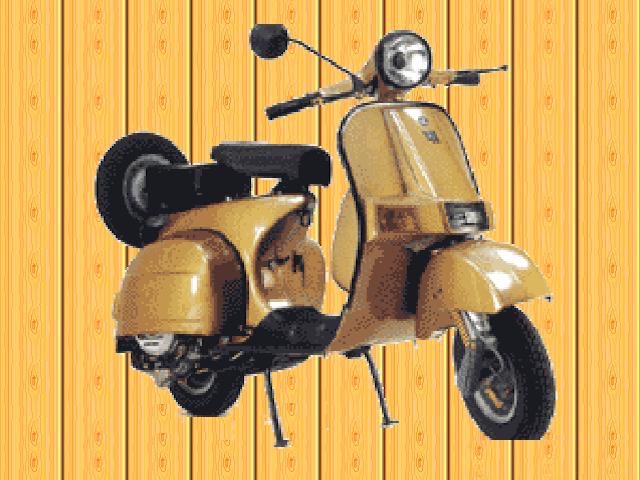
The name says it all – Super. As a city-friendly scooter, it effortlessly blended practicality with style. Experience the joy of zipping through urban streets with this chic and reliable two-wheeler.
Model: Bajaj Super
Engine: 2-stroke, air-cooled, single-cylinder engine
Displacement: Approximately 150cc
Bore x Stroke: Notably, the Bajaj Super had a bore and stroke of around 58mm x 58.8mm, but variations might exist among different model years.
Compression Ratio: The compression ratio of the Bajaj Super's engine was typically around 6:1.
Power Output: The power output of the Bajaj Super was approximately 7 to 9 horsepower (HP) at around 5,000 to 5,500 RPM.
Torque: The torque generated by the engine was around 10 to 12 lb-ft at lower RPMs.
Carburetion: The Bajaj Super was equipped with a single carburetor.
Transmission: The scooter featured a 4-speed manual transmission with a handlebar-mounted gear shift.
Ignition: Points ignition system.
Frame: The Bajaj Super had a tubular steel frame.
Suspension: The front suspension typically consisted of telescopic forks, and the rear had a twin-sided swingarm with dual shock absorbers.
Brakes: The Bajaj Super had drum brakes on both the front and rear wheels.
Tires: It was equipped with 8-inch wheels with narrow tires suitable for city commuting.
Weight: The weight of the Bajaj Super was around 100 to 120 kg (220 to 265 lbs).
Top Speed: The top speed of the Bajaj Super was approximately 50 to 60 km/h (30 to 37 mph).
Fuel Tank Capacity: The fuel tank capacity was around 5 to 6 liters (1.3 to 1.6 gallons).
Production Years: The Bajaj Super was produced from the 1970s to the 1990s.
The Bajaj Super was known for its sturdy build, ease of maintenance, and fuel efficiency, which made it a popular choice for daily commuting in urban areas. Please note that the specifications mentioned above are generalizations and may vary slightly based on specific model years and regional variations.